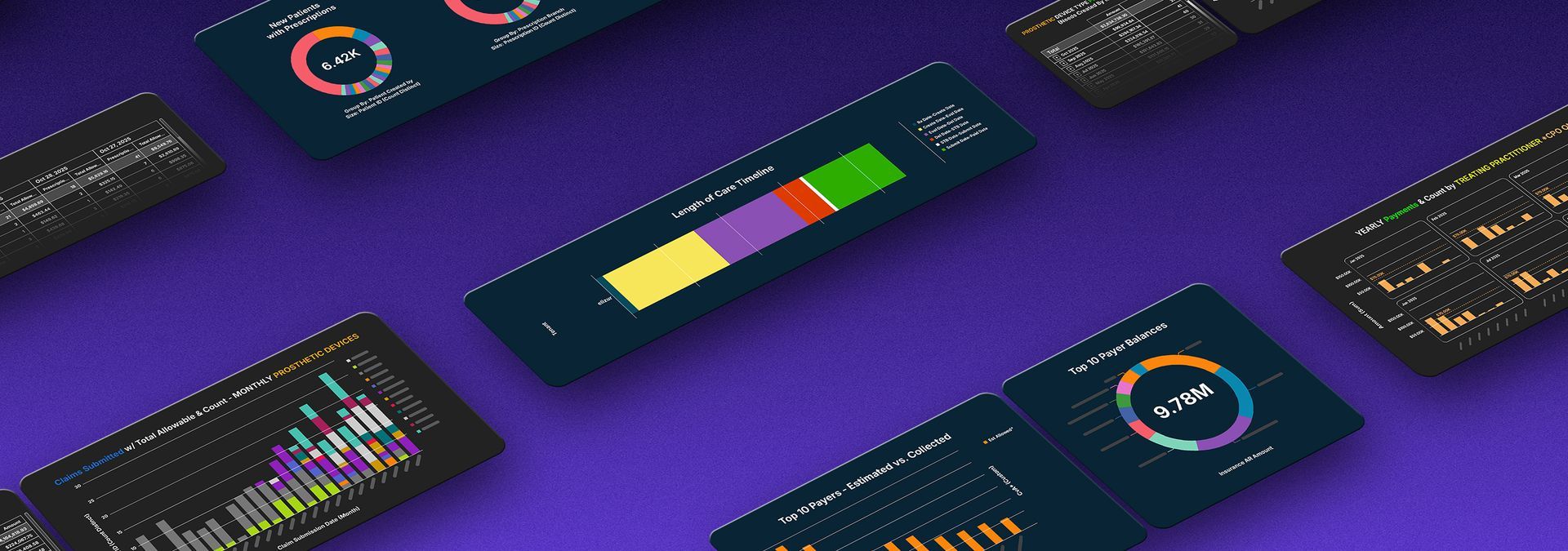Scalability: How Native SaaS Applications Make It Possible
From the Beginning: SaaS applications are inherently built to scale dynamically with user demand, leveraging cloud resources efficiently.
When a software application is built as a SaaS (Software as a Service) solution from the beginning, scalability is a core consideration in its design. Scalability in this context refers to the ability of the software to handle an increasing number of users, data, or transactions without compromising performance or requiring extensive manual intervention.
Key Points to Know:
- Dynamic Scaling: SaaS applications designed for the cloud are built to scale dynamically, meaning they can automatically adjust their resource usage based on current demand. For example, if user activity spikes, the application can automatically allocate more servers or processing power to handle the increased load. This is often achieved through cloud-native features like auto-scaling groups, which automatically adjust the number of active servers (or instances) depending on the current workload.
- Horizontal vs. Vertical Scaling: In cloud architecture, scalability is often achieved horizontally rather than vertically.
- Horizontal Scaling (Scale-Out): This involves adding more instances of the application (such as more servers) to distribute the load. SaaS applications are typically designed to support horizontal scaling easily, allowing them to handle many simultaneous users by simply adding more instances as needed.
- Vertical Scaling (Scale-Up): This involves increasing the resources (like CPU or memory) of an existing server. While this is also possible, horizontal scaling is generally more efficient in cloud environments and is a core strength of SaaS applications.
- Load Balancing: SaaS applications built with cloud-native principles use load balancers to distribute incoming traffic evenly across multiple servers or instances. This ensures that no single server becomes a bottleneck, and it helps maintain high performance and reliability even as the user base grows.
- Elasticity: Elasticity is a specific form of scalability where the application can quickly expand or contract its resource usage based on real-time demand. SaaS applications are designed to be elastic, meaning they can scale up to handle peak loads (like during a sale or an event) and scale down during quieter periods to save costs. This elasticity is crucial in optimizing cloud resource usage and costs.
- Multi-Tenancy: Many SaaS applications are built with a multi-tenant architecture, where a single instance of the software serves multiple customers (tenants). This architecture is inherently scalable because it allows the provider to serve many customers efficiently with shared resources, while still isolating data and configurations for each customer.
Contrast with On-Premise Applications Converted to the Cloud
- Legacy Architecture: Applications that were originally built for on-premise environments typically rely on vertical scaling, where increasing capacity involves adding more resources (like CPU or RAM) to a single server. This approach has limitations and can quickly become expensive or impractical as demand grows.
- Limited Scalability: When these on-premise applications are converted to the cloud, they often struggle with scalability because their architecture wasn’t designed for the distributed nature of cloud environments. For instance, they may not easily support horizontal scaling, making it difficult to add more instances to handle increased load without significant re-engineering.
- Manual Scaling: Converted applications might require manual intervention to scale. For example, adding more servers or resources might involve manual configuration changes, which can be time-consuming, error-prone, and less responsive to sudden changes in demand.
- Performance Bottlenecks: Due to the limitations in how they scale, converted applications may experience performance bottlenecks when demand increases. This can lead to slower response times, downtime, or even system crashes during peak usage periods.
- Resource Inefficiency: Because these applications weren’t designed with cloud resource efficiency in mind, they may use more resources than necessary, leading to higher operational costs and lower overall efficiency.
In summary, SaaS applications designed from the outset for the cloud are inherently scalable, allowing them to grow and contract dynamically with user demand. This scalability is seamlessly integrated into their architecture, enabling them to handle large numbers of users or transactions without sacrificing performance. In contrast, applications converted from on-premise setups often face challenges in achieving the same level of scalability, as their original architecture may not be well-suited to the flexible, distributed nature of the cloud.




